- Learning time
- 60 minutes
- First play time
- 180 minutes
Beyond the Sun
Designed by: Dennis K Chan
Beyond the Sun pits the players against each other in a far-distant future – not doing battle across the stars, but instead seeking to be the dominant force in the resettlement of humanity as we leave Earth in search of less damaged environs…
Unlike many similarly-themed games, the focus here is not on the (small) map – representing the cosmos, and populated by system cards – but the (big) research and technology board, which fuels your progress across both the map – and the game. Players begin with a small board in front of them where they track their production power in population and ore. Beyond the Sun tracks everything using dice-resembling plastic cubes, that are rotated to reporesent whatever you’re using them for. Sat on your board, they are simply potential – but turn them into population and you rotate them to the person symbol. Turn them into a ship in space, and you rotate them to one of their ship sides (usually level one, to start with ) You begin with two population at your disposal, plus a single level one ship on the map, ready to head into the cosmos.
On your turn you go through three phases. The first is taking an action: the actions are what drives the game, and the actions you take now help shape what actions are available to you later. Some actions are simple: build a ship; move a ship. Others – and this is where Beyond the Sun really comes to life – are about developing technologies. The big board shows the technologies come in levels of one, two, three and four. There’s a chronology and logic at play here: just as humans didn’t invent paper before they invented woodcutting, you can’t develop the parallel universe generator (level 4) without first developing the tech that powers it. So you begin taking by developing the level one actions, and having done so, can move on to level two, and then level three and so on. Note that many technologies demand not just one, but two or more preceding technologies to have been developed before they too, can be realised.
What do the technologies do? Well, many of them simply make the basic goals of making ships, moving ships, and colonising systems easier to realise (some make developing more tech easier to realise!). Colonising is a key part of the game – if you have enough ship presence on one of the systems, you can claim it for yourself, gathering a possible instant reward and a definite haul of points at the end of the game. Any opponent ships in that system are pushed into deep space (where they are still active) and a new system card replaces the old one. It’s worth noting here too that controlling a system (having the most presence there) also rewards, even if you don’t have enough presence to colonise. Why becomes clear when we move to production.
After your action you may produce either population – needed to develop technologies – or ore; which is needed to pay for various actions. How many of these things are available depends on how many ore/population discs have been moved off your production tracks: some technologies allow you to do this, and controlling a system does too: whenever you take control of a system you can add one of your discs there until the time comes someone takes it from you (arriving with a level 4 ship that outscores your level 1 and level 2 ships, for instance) at which point your disc is returned, and they place one of their own.
So although there is no fighting as such, the smaller board is a fairly combative place where power and control are key to your success. But! Beyond the Sun’s real love is technology, and neglect the advancement of science at your peril. Taking a purely aggressive approach is unlikely to succeed, because although controlling systems is rewarding, the ships you use to do so return to your stock as ‘potential’ and so it can be a long-winded and cyclical approach without developing your tech in tandem. Each game has four achievement cards that offer points rewards for the (first, usually) player to fulfil particular criteria, and when all of these are claimed the game end is triggered. Players will score not just for their system cards, but also achievements, technologies developed (the higher level, the better) and a few other categories such as your controlling presence on the systems at the moment this occurs.
The guru's verdict
-
Take That!
Take That!
There's no combat here, but the battle for control of systems can lend the game a mildly gladiatorial vibe. But if you're jettisoned from a claimed system, you do at least live to fly another day.
-
Fidget Factor!
Fidget Factor!
High on that first play, dropping to moderate, or even low depending on the familiarity of the players with the game. It does tend to follow an arc of slowing down toward the end, as more and more options become available to you.
-
Brain Burn!
Brain Burn!
Moderate, but the moderation of brain-burning isn't - after a couple of plays - really about the rules, but the implementation. You're balancing the demands of the systems with the need to develop technology with the games twin currencies of population and ore. Sometimes your choices are obvious. Sometimes they're less so.
-
Again Again!
Again Again!
Beyond the Sun rejoices in variety. Although the level 1 technologies are always the same, they're dealt in random order. After that, both the technologies and the Events that the first player who develops them triggers vary from game to game - the former you won't know, the latter is chosen by the player in question.

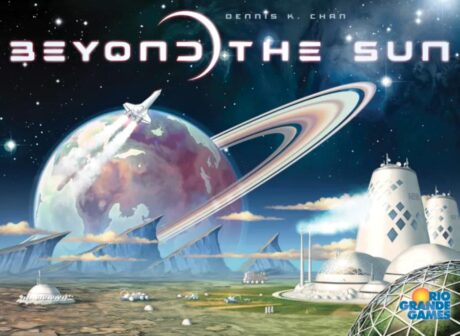
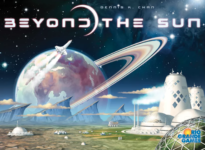
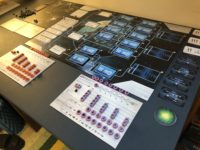
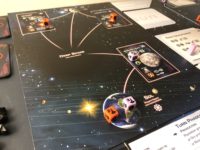
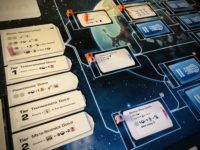
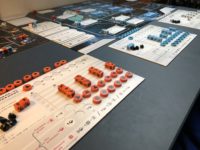



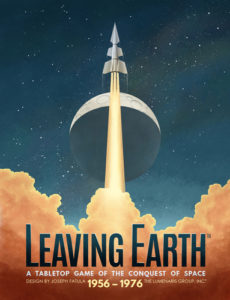
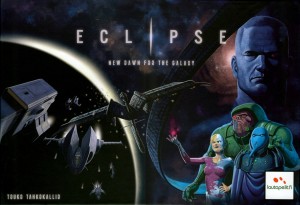
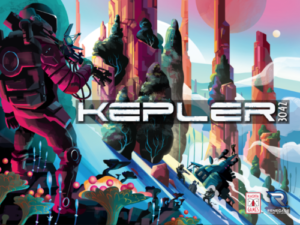
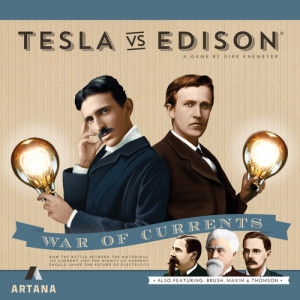
Sam says
This isn't a comprehensive guide, because we've not touched on events (first player to develop tech flips an event; they're almost without exception helpful) or how the technologies are all one of four branches of science and if a level 2 tech, say, links back to level 1 military tech, then you're obliged to develop military tech here as well. There's one or two other wrinkles too, but this is just an overview. Space battles have been done - many times. Space exploration too. Beyond the Sun has a bit of both, but really it celebrates the idea of development: of pushing the boundaries of what's possible for you and all human civilisation. For some it'll feel too gentle, perhaps, or too puzzley. There's none of Eclipses' dramatic climatic battles or Leaving Earth's thematic immersion. But there is theme, and what Beyond the Sun does really well is give a sense of that theme through exploration - of the systems, yes, but much more so of the science that powers it all. Not one for the laser-loving space pilots amongst us, perhaps, but an engaging and re-playable game for those who look up with starry-eyed wonder, and ponder where we'll be a hundred years from now.